«My life—an interplay between dissonance and harmony» Taroug es el proyecto solista del baterista y productor de música…
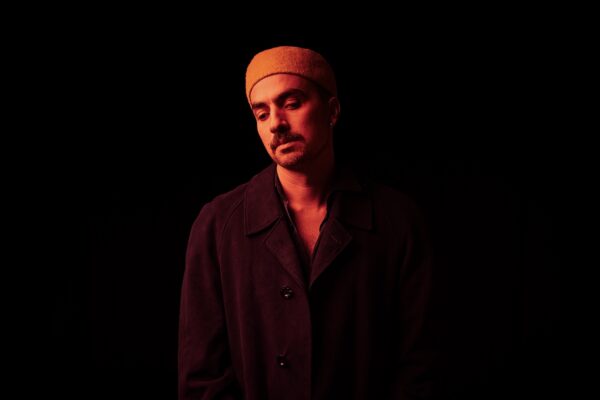
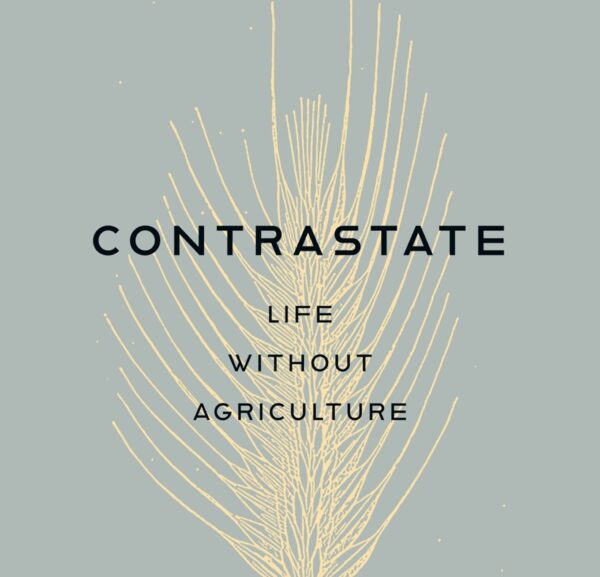
CONTRASTATE
CONTRASTATE es un trío británico de música experimental formado en 1987 en Londres que trabaja en los subgéneros…
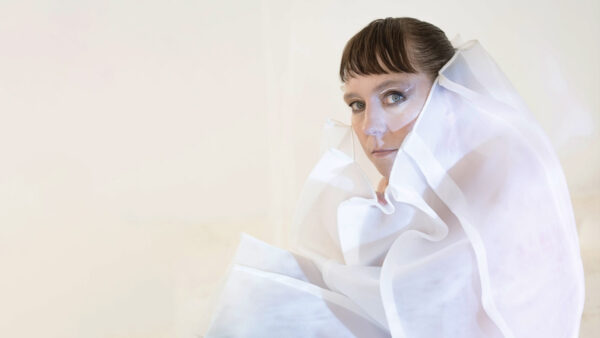
Johanna Elina Sulkunen
«The voice has been/is the core all the way through.» Johanna Elina Sulkunen es una vocalista, compositora e…
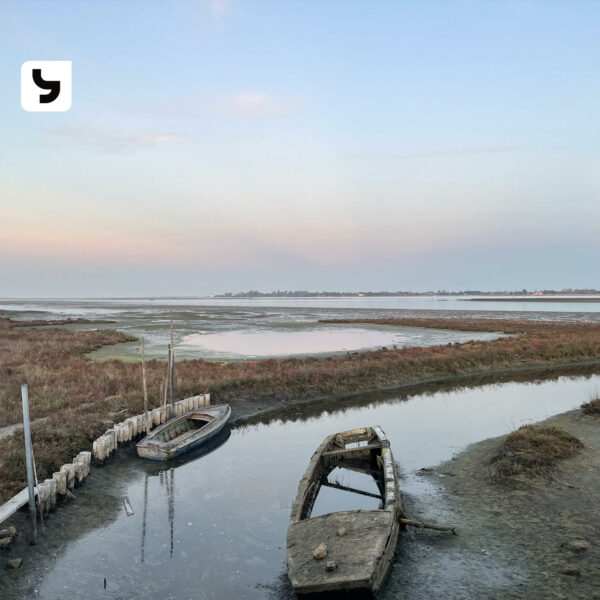
Ramon De Marco
Designing sound for spaces Fundado en 2012, el netlabel italiano Galaverna ha publicado varios discos de artistas que…
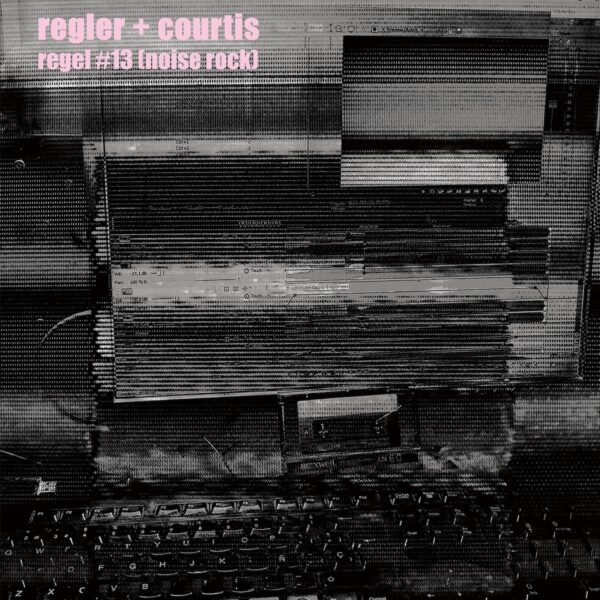
Regler + Courtis
Abrasive noise and electrical discharges unfurl Esta es una colaboración entre Regler, formado por Anders Bryngelsson (Brainbombs and…
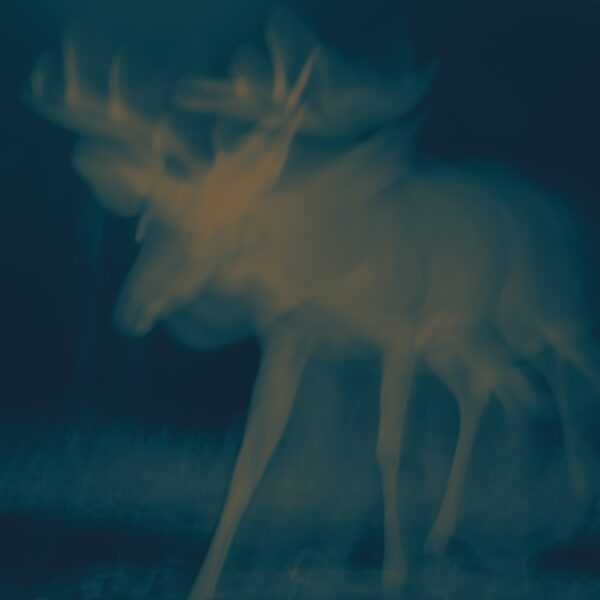
Laura Masotto
Masotto es una violinista y compositora italiana con formación en música clásica que comenzó a tocar a la…
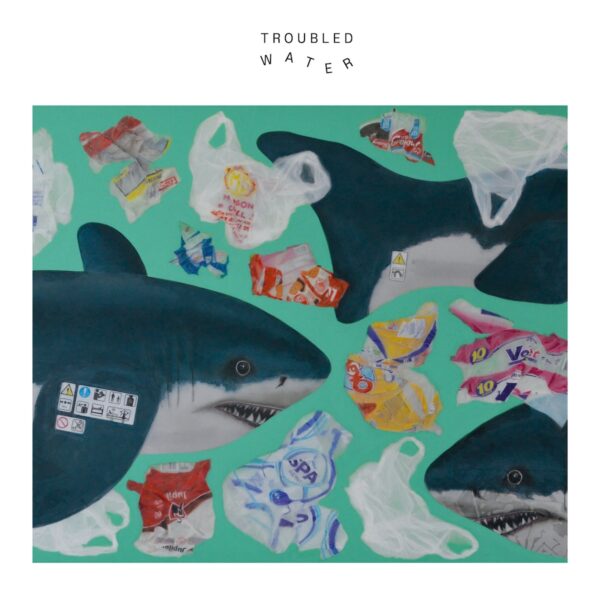
Liberski / Yoshida
Casimir Liberski es un pianista, improvisador y compositor belga activo hace más de 20 años, quien ha desarrollado…
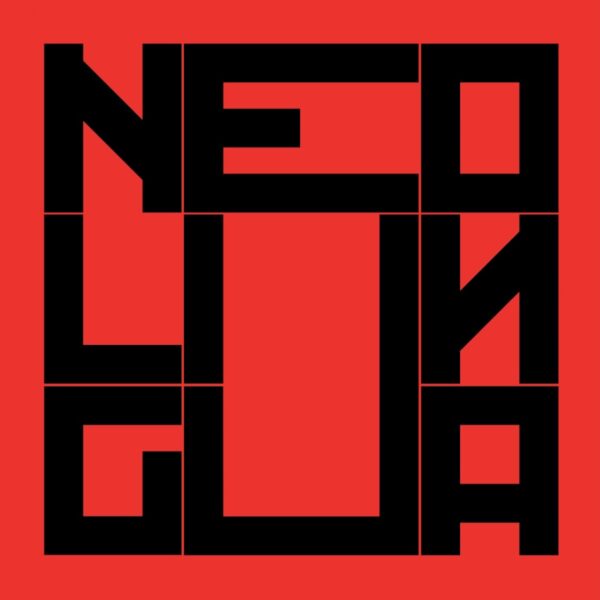
Marco Malasomma
Tan solo comenzar este segundo disco y continuación de su anterior “Jura” – publicado por el sello romano…
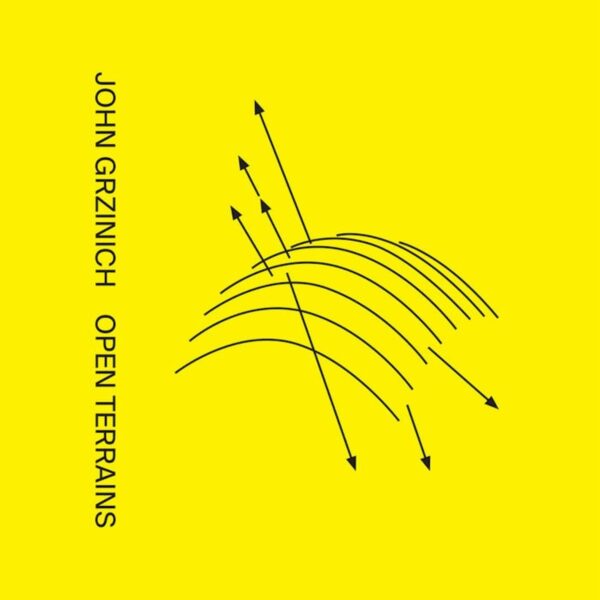
John Grzinich
Investigating the forces of the invisible in the planetary system. John Grzinich es artista sonoro, músico experimental y…
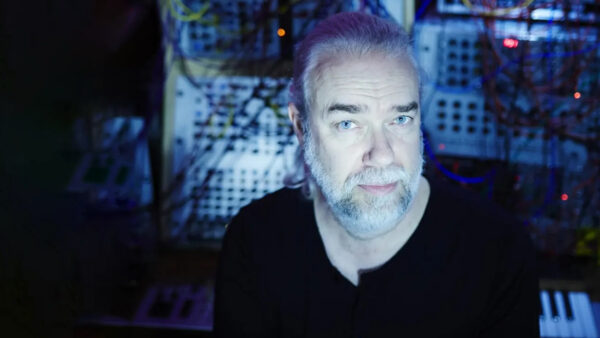
Ian Boddy
«Music has so many permutations and avenues to explore» Ian Boddy es un reconocido compositor y diseñador sonoro,…
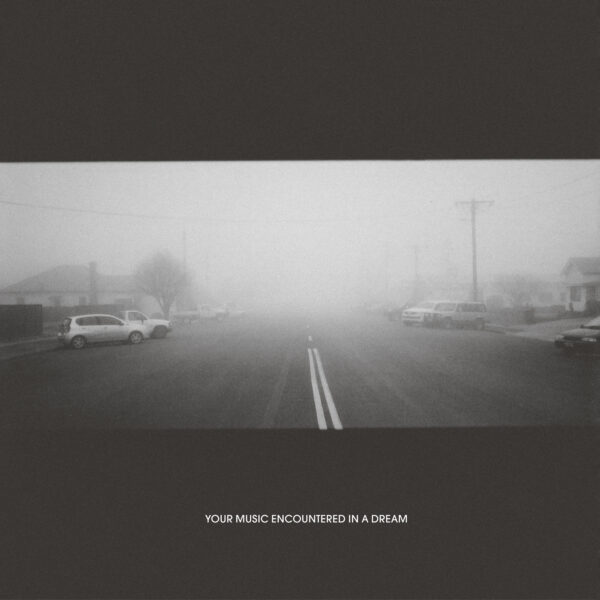
David Grubbs & Liam Keenan
David Grubbs fue integrante de los grupos Gastr del Sol, Bastro, Squirrel Bait, Palace, Boxhead Ensemble, entre otros….
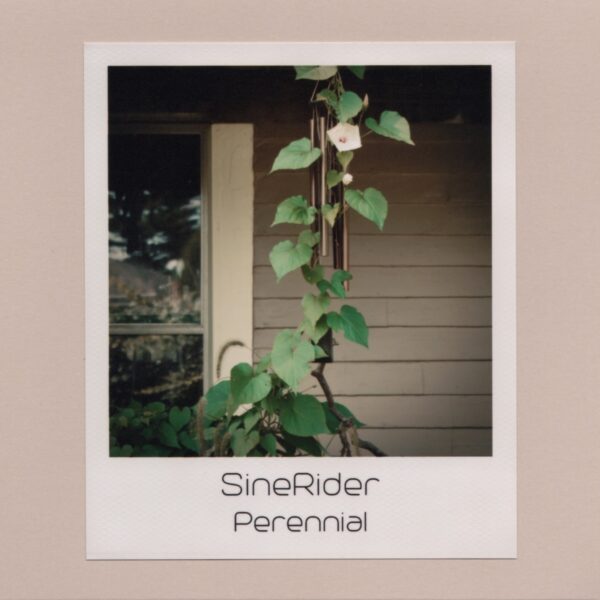
SineRider
A perfect balance between melancholy and inspiration Devin Powers aka SineRider es un guitarrista, cantante y productor nacido…
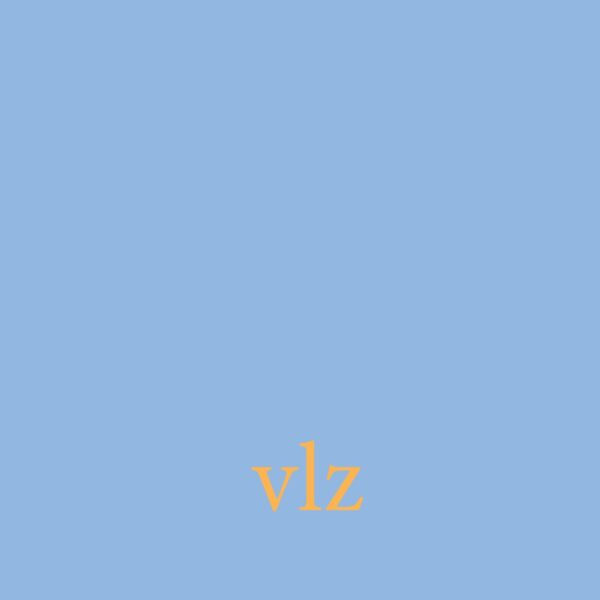
Victor Lazzarini
Victor Lazzarini es un compositor, pianista, sintetista y teclista e intérprete de música electrónica e instrumental, nacido en…
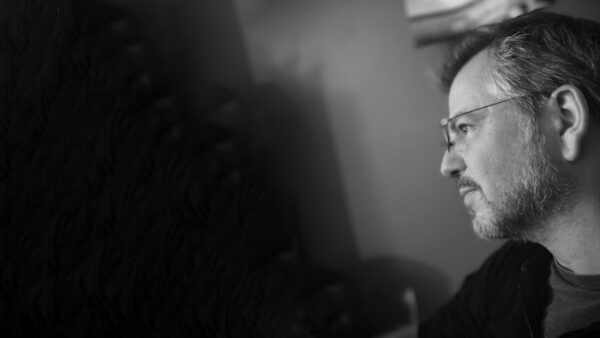
Kenneth Kirschner
«… for me, composing is really just a heightened form of listening.” Kenneth Kirschner es un compositor de…
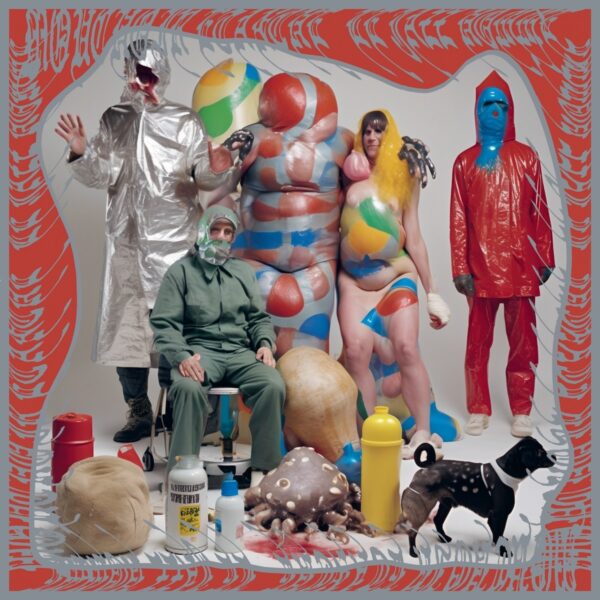
Mouchoir Étanche
Abstract soundscapes with cinematic vignettes Marc Richter trabaja como Black To Comm para el sello Thrill Jockey y…
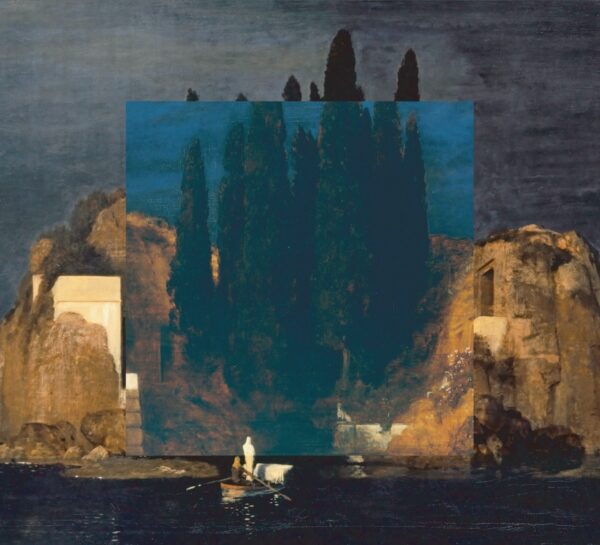
Francisco Meirino
«The end of the useful life of electronic devices.» Francisco Meirino es un artista sonoro español afincado en…
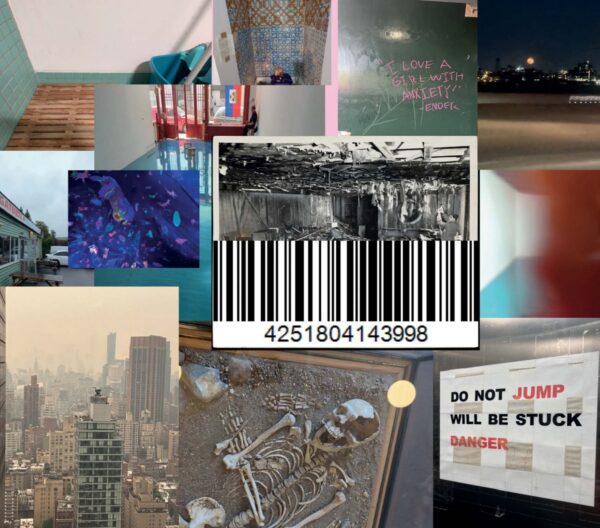
Mattin & Asha Sheshadri
Mattin es un músico/activista vasco residente en Berlín y activo desde 2001. Tiene siete álbumes y un sencillo…
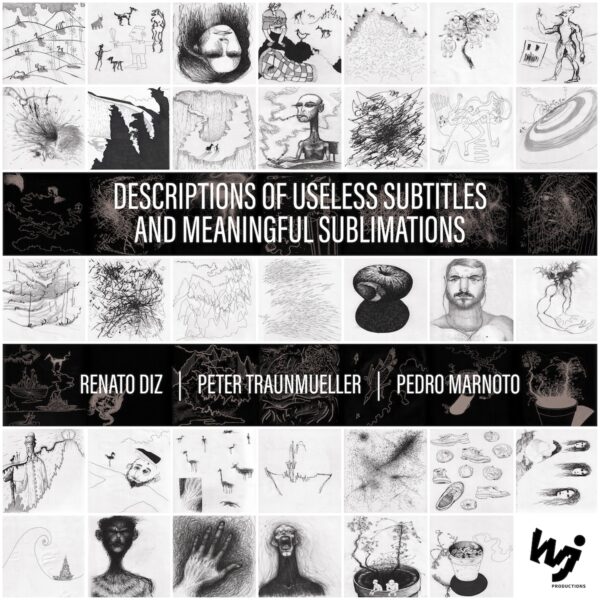
Descriptions Of Useless Subtitles And Meaningful Sublimations
Este es un lanzamiento multimedia tridimensional que consta de paisajes sonoros, poesía y dibujos, donde estas tres formas…
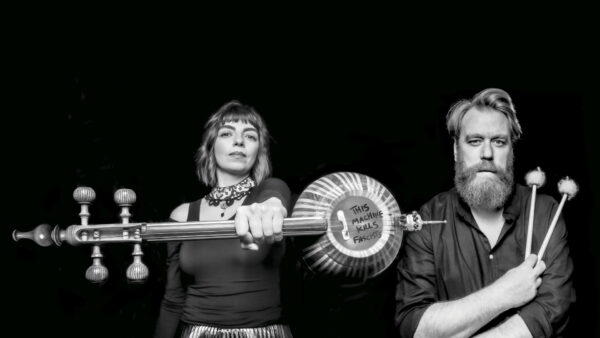
ZÖJ
Disturbing atmospheres unfold under a solemn ambience ZÖJ es un dúo compuesto por la iraní Gelareh Pour y…
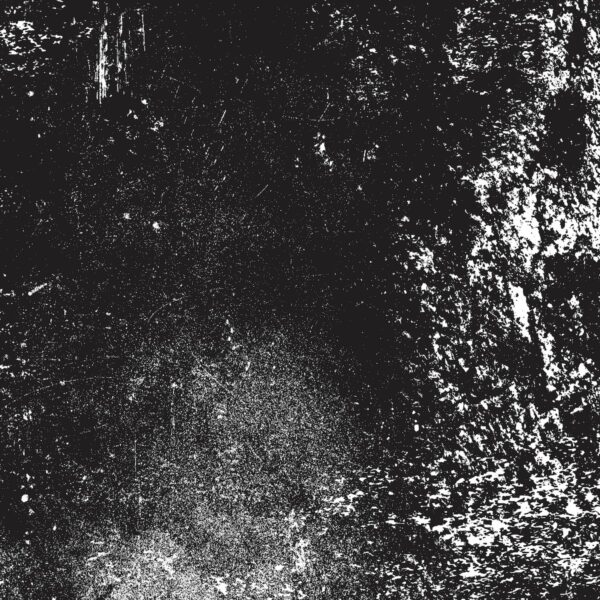
#000000
Marc Kate es un músico electrónico de San Francisco, California quien trabaja en solitario y junto a Andee…
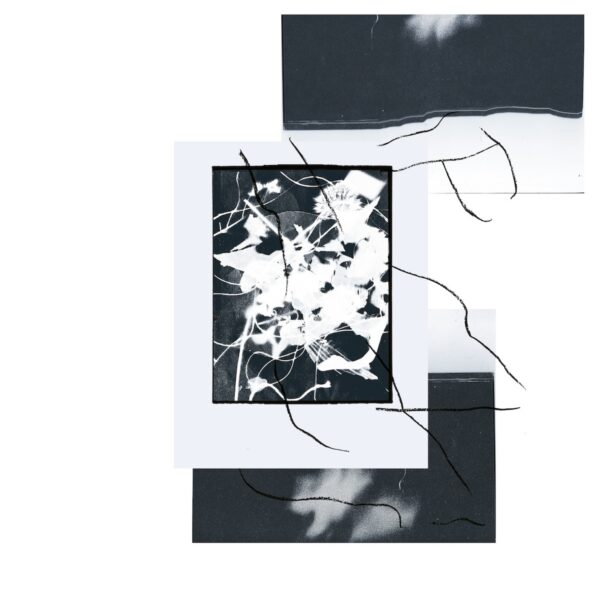
Mattia Onori
Mattia Onori es cofundador junto a Hanna Maria de Melantónia, un colectivo de artistas que trabajan en el…
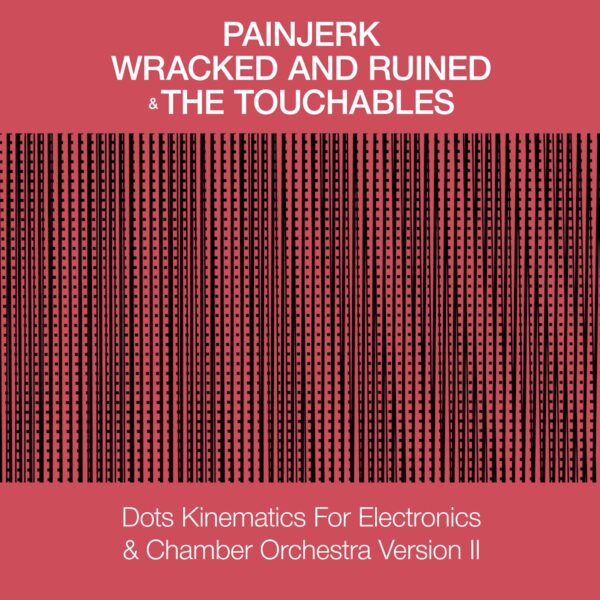
Painjerk (Wracked and Ruined) & The Touchables
Kohei Gomi ha desarrollado su carrera con su proyecto, Painjerk (Wracked and Ruined), con el que comenzó realizando…
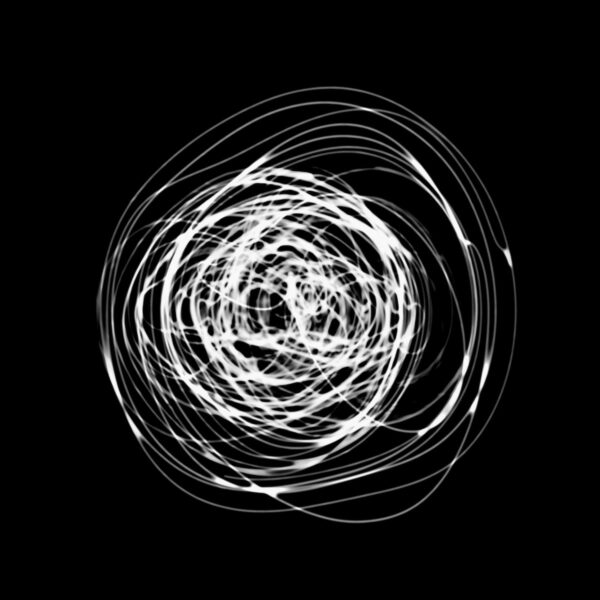
Julien Bayle
Julien Bayle es un artista multidisciplinario afincado en Francia que trabaja en la intersección entre el sonido y…
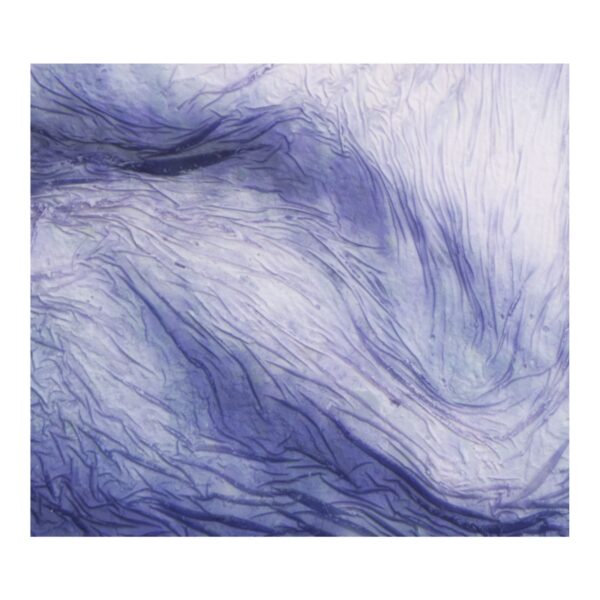
Ian Boddy
Ian Boddy es un connotado compositor y diseñador sonoro, oriundo de Newcastle upon Tyne, quien está activo desde…
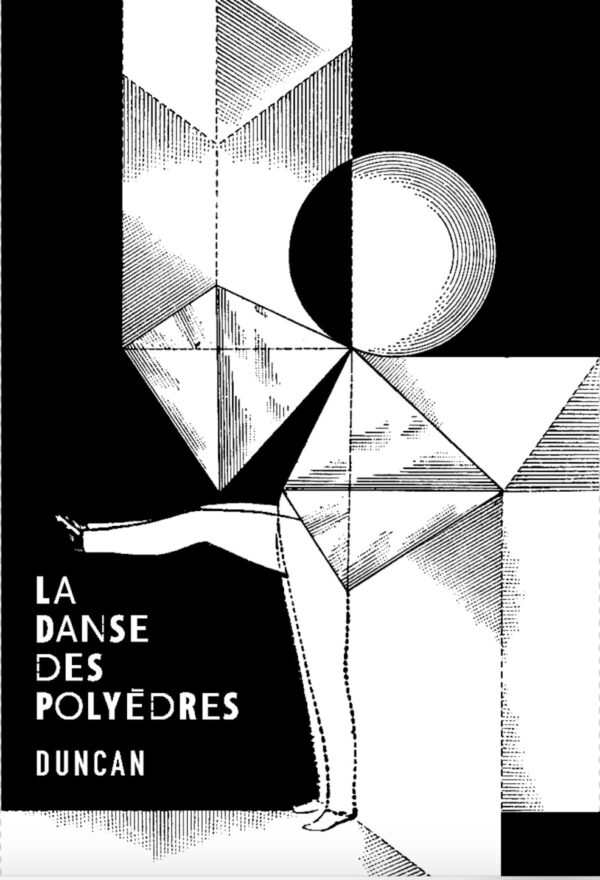
Duncan Pinhas
Duncan Pinhas es un activo músico francés desde 2009 y afincado actualmente en Ciudad de México, que toca…
